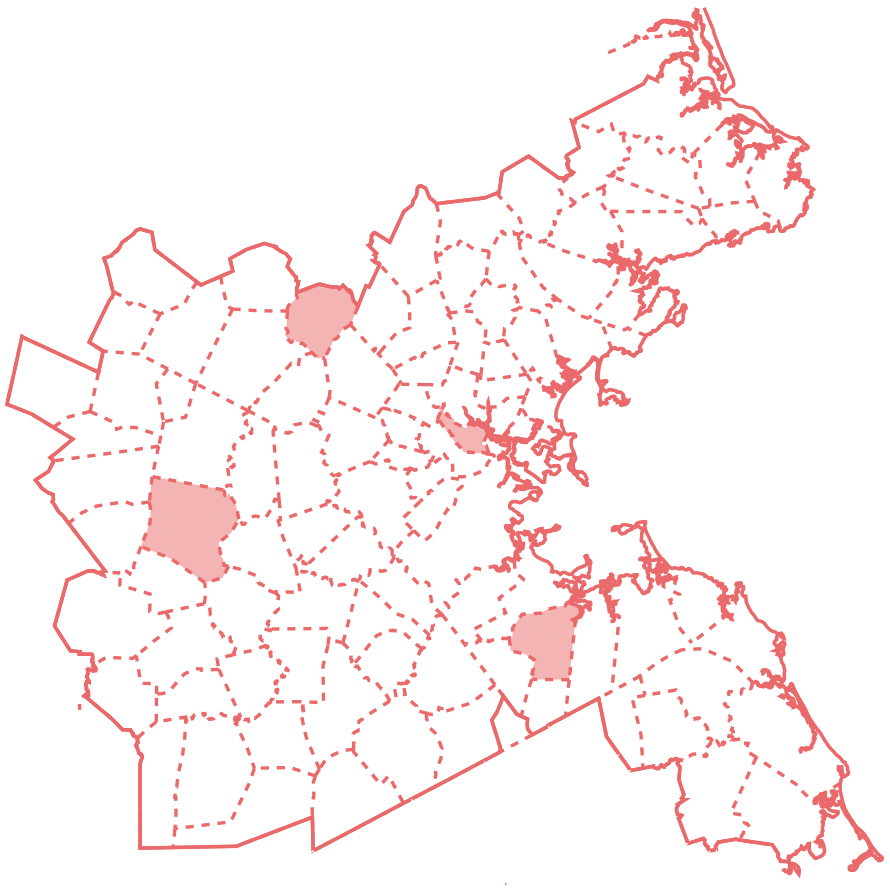
On October 26, the chief-elected officers of the 101 cities and towns in the Boston region reelected four municipal members to the
Boston Region MPO board. Continuing service for another three-year term are the Town of Bedford, representing the Minuteman Advisory Group on Interlocal Coordination subregion; the Town of Framingham, representing the MetroWest Regional Collaborative subregion; the City of Somerville, representing the Inner Core Committee subregion; and the Town of Braintree, representing the South Shore Coalition subregion.
On November 3, the board reelected the Metropolitan Area Planning Council (MAPC) as vice chair of the Boston Region MPO. The chair of the MPO is the secretary of the Massachusetts Department of Transportation (or the secretary’s designee).
Elected seats on the MPO board are held by the municipalities, and the chief-elected municipal officials (or their official designees) serve as the representatives on the board. Elections occur annually at MAPC’s Fall Council meeting.
